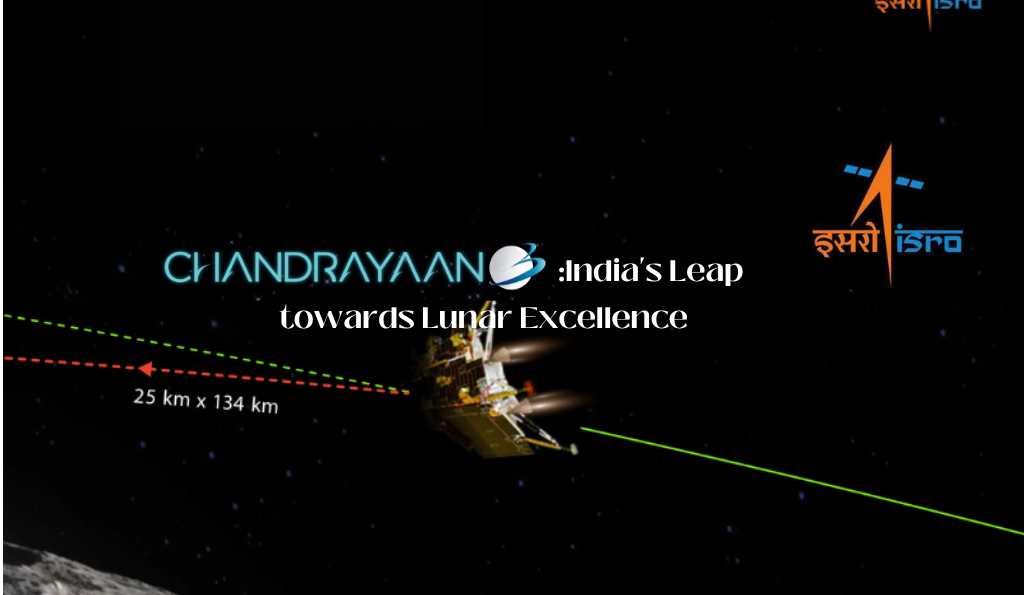Non Banking Financial Companies (NBFCs) have been growing in size and have substantial interconnectedness with other segments of the financial system. Reserve Bank of India had introduced a Prompt Corrective Action Framework (PCA) for Scheduled Commercial Banks in 2002 and the same has been reviewed from time to time based on the experience gained and developments in the banking system. Accordingly, RBI has now decided to put in place a PCA Framework for NBFCs to initiate and implement remedial measures in a timely manner, so as to restore its financial health for strengthen the supervisory tools applicable to NBFCs.
The PCA Framework for NBFCs, as summarized hereunder, comes into effect from October 1, 2022, based on the financial position of NBFCs on or after March 31, 2022. The objective of the PCA Framework is to enable Supervisory intervention at appropriate time and is intended to act as a tool for effective market discipline. The PCA Framework does not preclude the Reserve Bank of India from taking any other action as it deems fit at any time in addition to the corrective actions prescribed in the Framework.
- In terms of extant regulations, Government NBFCs have been provided time upto March 31, 2022 to adhere to the capital adequacy norms provided for NBFCs (Ref. Annex I of Non-Banking Financial Company – Systemically Important Non-Deposit taking Company and Deposit taking Company (Reserve Bank) Directions, 2016). Accordingly, a separate circular would be issued in due course with regard to applicability of PCA Framework to Government NBFCs. This Framework will be reviewed after three years from the date of operation.
PCA Framework for NBFCs
- The PCA Framework is applicable to the following category of NBFCs:
- All Deposit Taking NBFCs [Excluding Government Companies] (NBFCs-D)
- All Non-Deposit Taking NBFCs in Middle, Upper and Top Layers3(NBFCs-ND);
[Including Investment and Credit Companies, Core Investment Companies (CICs), Infrastructure Debt Funds, Infrastructure Finance Companies, Micro Finance Institutions and Factors]; but [Excluding – (i) NBFCs not accepting/not intending to accept public funds4; (ii) Government Companies, (iii) Primary Dealers and (iv) Housing Finance Companies].
- For NBFCs-D and NBFCs-ND, Capital and Asset Quality would be the key areas for monitoring in PCA Framework. For CICs, Capital, Leverage and Asset Quality would be the key areas for monitoring in PCA Framework.
- For NBFCs-D and NBFCs-ND, indicators to be tracked would be Capital to Risk
Weighted Assets Ratio (CRAR), Tier I Capital Ratio and Net NPA Ratio (NNPA).
For CICs, indicators to be tracked would be Adjusted Net Worth/Aggregate Risk
Weighted Assets, Leverage Ratio and NNPA. - A NBFC will generally be placed under PCA Framework based on the audited Annual
Financial Results and/or the Supervisory Assessment made by the RBI. However, the RBI may impose PCA on any NBFC during the course of a year (including migration from one threshold to another) in case the circumstances so warrant. - The Reserve Bank may issue a press release when a NBFC is placed under PCA as well as when PCA is withdrawn vis-à-vis a NBFC.
- Breach of any risk threshold may result in invocation of PCA as detailed under:
For NBFCs-D and NBFCs-ND (excluding CICs):
|
Indicator |
Risk |
Risk |
Risk |
|
CRAR |
Upto 300 bps below the regulatory minimum |
More than 300 bps but upto 600 bps below regulatory minimum CRAR [currently, CRAR <12% but ≥9%] |
More than 600 bps below regulatory minimum CRAR [currently, CRAR <9% |
|
Tier I Capital Ratio |
Upto 200 bps below the regulatory minimum |
More than 200 bps but upto 400 bps below the regulatory minimum Tier I Capital Ratio [currently, Tier I Capital Ratio <8% but ≥6%] |
More than 400 bps below the regulatory minimum Tier I Capital Ratio [currently, Tier I Capital Ratio <6%] |
|
NNPA Ratio (including NPIs) |
>6% but ≤ 9% |
>9% but ≤12% |
>9% but ≤12% |
For Core Investment Companies (CICs)
|
Indicator |
Risk |
Risk |
Risk |
|
Adjusted |
Upto 600 bps below the regulatory minimum ANW/RWA [currently, ANW/RWA <30% but ≥24%] |
More than 600 bps but upto 1200bps below regulatory |
More than 1200 bps below regulatory minimum ANW/RWA [currently, ANW/RWA <18%] |
|
Leverage Ratio |
≥2.5 times but <3 times |
≥ 3 times but <3.5 times |
≥3.5 times |
|
NNPA Ratio (including NPIs) |
>6% but ≤ 9% |
>9% but ≤12% |
>12% |
- Exit from PCA and Withdrawal of Restrictions under PCA – Once a NBFC is placed under PCA, taking the NBFC out of PCA Framework and/or withdrawal of restrictions imposed under the PCA Framework will be considered: a) if no breaches in risk thresholds in any of the parameters are observed as per four continuous quarterly financial statements, one of which should be Annual Audited Financial Statement (subject to assessment by RBI); and b) based on Supervisory comfort of the RBI, including an assessment on sustainability of profitability of the
NBFC. - The menu of corrective actions is as below:
|
Mandatory and Discretionary actions |
||
|
Specifications |
Mandatory actions |
Discretionary actions |
|
Risk Threshold |
1. Restriction on dividend distribution/remittance of profits; 2. Promoters/shareholders 3. Restriction on issue of guarantees or taking on other contingent liabilities on behalf of group companies (only for CICs) |
Common menu
|
|
Risk |
In addition to mandatory actions of Threshold: Restriction on branch expansion |
|
|
Risk |
In addition to mandatory actions of Threshold 1 & 2, 1.Appropriate restrictions on capital expenditure, other than for technological upgradation 2.Restrictions/reduction in variable operating costs |
|
Common Menu for Selection of Discretionary Corrective Actions by the RBI are mentioned below:
- Special Supervisory Actions
- Strategy Related Actions
- Governance Related Actions
- Capital Related Actions
- Credit risk Related Actions
- Market risk Related Actions
- HR Related Actions
- Profitability Related Actions
- Operations Related Actions
- Any other specific action that the RBI may deem fit considering specific circumstances of the NBFC.
RBI would initiate suitable corrective actions including in particular mandatory and discretionary actions to check the wrong doings of the companies. Corrective measures are summarized in brief i.e. may conduct Special Supervisory Monitoring Meetings at quarterly or other identified frequency, special inspections/targeted scrutiny of the NBFC, restricted and
need based regulatory/supervisory approvals, review short-term strategy, medium-term business plans, identify achievable targets and set concrete milestones for progress and achievement, may recommend to promoters/shareholders to remove and bring in new Management/ Board, restriction in expansion of high risk-weighted assets, preparation of time bound plan and commitment for reduction of stock of NPAs, restrictions on branch expansion
plans; PCAs would prove to be a milestone in the history of NBFCs and RBI will definitely have more control over NBFCs and would protect interest of the public funds at large.
For more details on the topic, you may refer to circular no RBI/2021-22/139DoS.CO.PPG. SEC.7/ 11.01.005/2021-22 dated Dec. 14, 2021, of RBI or access the author at www.sunilkumargupta.com/ to explore more on other topics.







0 Comments